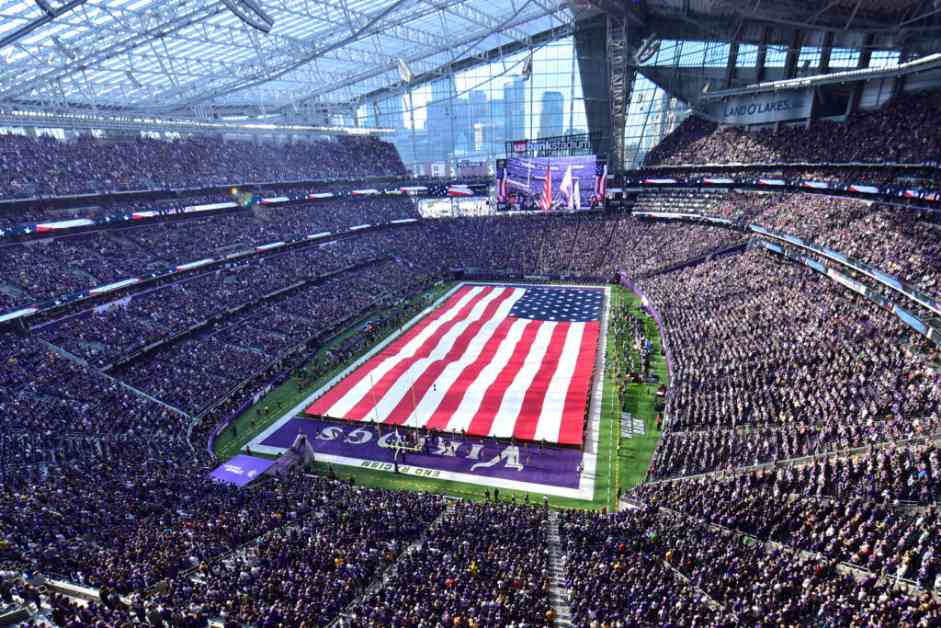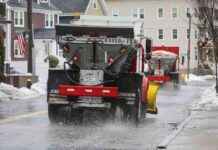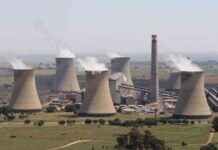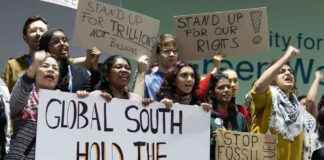As the Midwest American Football Season heats up, the city of Minneapolis finds itself in an unusual predicament. While the Minnesota Vikings are accustomed to playing in chilly weather, their hometown is experiencing a significant rise in temperatures. In fact, a recent analysis conducted by Climate Central revealed that Minneapolis has warmed by 5 degrees over the past 50 years, far outpacing other cities with professional football teams.
The study, which examined federal data from 30 cities hosting National Football League (NFL) teams, unveiled an alarming trend. On average, these cities have warmed by 2.8 degrees Fahrenheit between 1970 and 2024. Moreover, the analysis indicated that NFL cities are now witnessing 14 more days exceeding 91 degrees Fahrenheit compared to 1970.
Midwest Cities Bear the Brunt of Warming Trends
Interestingly, the Midwest emerged as a hotspot for rising temperatures, with Minneapolis ranking second in warming next to Las Vegas. Green Bay, Wisconsin, home of the Packers, experienced a 4.4-degree increase, while Detroit, the Lions’ hometown, saw a rise of 3.8 degrees. This surge in temperatures poses significant challenges for the region, particularly during the winter months.
Jen Brady, a senior data analyst at Climate Central, shed light on the Midwest’s unique warming patterns. She noted that the region is experiencing significant winter warming, leading to drastic changes in traditional weather patterns. Minnesota, for instance, has warmed by approximately 3 degrees Fahrenheit in the last century, with winter months bearing the brunt of this change.
Last winter, which marked record warmth in many Midwestern states, also brought about severe dry conditions. These droughts had a ripple effect on rural towns that rely on winter tourism and outdoor activities for economic sustenance. Additionally, mild winters raised safety concerns for popular Midwest pastimes like ice fishing, where thick ice formation is crucial for safety.
Climate Change Alters Football Weather
Brady’s insights extended to the impact of climate change on football games, especially in the Midwest. She highlighted the potential disappearance of iconic cold, snowy games, a staple of the region’s football culture. However, she also warned of snowed-out games due to lake effect storms, a phenomenon triggered by open water moisture and passing cold fronts.
The unpredictability of weather patterns, characterized by extreme swings in temperature and precipitation, poses a significant challenge for climatologists. This phenomenon, known as “weather whiplash,” is becoming more common as global warming accelerates. Recent data from the National Weather Service underscored this issue, with Minneapolis-St. Paul experiencing a staggering 71-degree temperature difference in just over a week.
In light of these findings, Brady emphasized the urgency of addressing climate change to mitigate its far-reaching consequences. Without substantial reductions in greenhouse gas emissions, the world is on track to warm by at least 3 degrees Celsius by the end of the century. This alarming projection could have catastrophic implications for both humans and wildlife, leading to widespread species extinction and economic losses on a global scale.
During the recent Super Bowl, a poignant advertisement sponsored by climate scientists reiterated these warnings, underscoring the urgency of climate action. As the world grapples with the looming threat of climate change, it is imperative to take decisive steps to curb greenhouse gas emissions and safeguard the planet for future generations.
As the Midwest braces for a new era of football weather, characterized by unprecedented warming and weather extremes, the need for concerted climate action has never been more urgent. The region’s rich football heritage may be at stake, but the broader implications of climate change extend far beyond the realm of sports. It is a call to action for individuals, communities, and policymakers to address the climate crisis before it’s too late.














